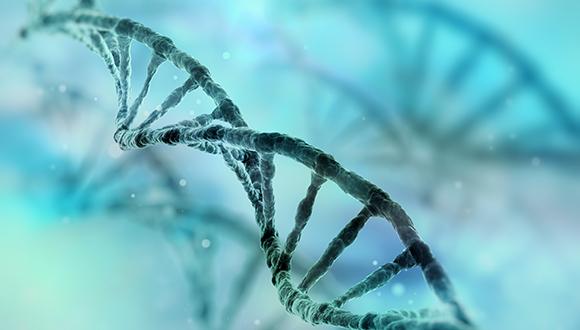סמינר מחלקתי בהנדסה ביו רפואית -הרצאת אורח של פרופ' יוסי מנדל
Hybrid Retinal Prosthesis: High-Resolution Electrode Array Integrated with Neurons for Restoration of Sight
Yossi Mandel, MD, PhD
Ophthalmic Science and Engineering Lab
Faculty of Life Sciences, School of Optometry and Visual Science and Institute for Nanotechnology and Advanced Materials (BINA), Bar-Ilan University, Ramat-Gan, Israel.
Bio
Dr. Yossi Mandel is an assistant Professor in the School of Optometry and Visual Science and Institute for Nanotechnology and Advanced Materials (BINA), Bar-Ilan University, Israel. He is a medical doctor and ophthalmic surgeon and holds a PhD in bioengineering from the Hebrew University, Jerusalem. He did his post-doc with Daniel Palanker at Stanford University and he is now heading the Ophthalmic Science and Engineering Lab at Bar-Ilan University. His research is focused on various ophthalmic technologies aimed at restoration of sight, such as retinal prosthesis, stem cell and combination of these modalities.
Abstract
Vision restoration in patients with outer retinal degenerative diseases, such as Age-related Macular Degeneration and Retinitis Pigmentosa can be achieved by bypassing the degenerated photoreceptors and the electrical stimulation of the relatively well-preserved inner retina through electrode implants. Although current retinal prostheses have been shown to provide useful vision in blind patients, the obtained visual acuity and quality are still relatively low. Network mediated, rather than direct ganglion cell, activation can potentially facilitate the utilization of the complex computational processes performed by the inner retinal circuits. However, inherent limitations of current retinal prosthetic technologies, make it very challenging to mimic natural vision for better restoration of sight.
Firstly, increasing the electrode density for achieving high visual acuity is limited by the distance between the electrodes and the target neurons, which is currently a few tens to hundreds of microns. Secondly, the high electrode-neural distance results in relatively large activation charge thresholds, which raises the need for a pulsed as opposed to continuous current injection. Thus, the bipolar cells are operated in a pulsed rather than a graded potential fashion which provides the natural visual system with its unrivalled dynamic range and sensitivity. More importantly, the direct electrical stimulation of the bipolar cells fails to preserve selectivity of the specific retinal circuitry (such as ON and OFF pathways), resulting in distorted information being delivered to the brain.
We propose a paradigm shift toward sight restoration with a hybrid retinal prosthesis aimed at overcoming the aforementioned limitations by better mimicking natural vision. The hybrid implant is composed of a high-density electrode array (pixel distance down to the cellular size of 10- 15µm), where each individual electrode is coupled with a glutamatergic neuron to create a tight neuron-electrode coupling. Following implantation of the hybrid prosthesis, the
glutamatergic neurons integrate and synapse with the host retinal circuits. Patterned electrical stimulation of these glutamatergic neurons by the electrodes modulates glutamate release onto the synapse with the host bipolar cells after which the remaining retinal circuitry is activated in an identical manner to natural vision. The ultimate electrode-neurons proximity and the low charge neural activation threshold allow for the significant reduction in electrode dimensions and an increase in pixel density as well as the continuous graded potential activation, thus mimicking the graded potential fashion of the bipolar and photoreceptor cells. Moreover, the indirect activation of the host retina by glutamatergic neurons (rather than direct electrical activation), can potentially preserve the natural visual circuits (e.g. ON and OFF).
In this talk I will present our results with generation of photoreceptor precursors from hESC. I will present the functional characterization of these cells by path-clamp and calcium imaging techniques, which demonstrated that the intracellular calcium of the cells can be electrically modified. I will further discuss the many challenges and approaches taken in device fabrication and tissue engineering toward the development of hybrid retinal prosthesis.
.
ההרצאה תתקיים ביום ראשון 19.11.17, בשעה 14:00
בחדר 315, הבניין הרב תחומי, אוניברסיטת תל אביב


